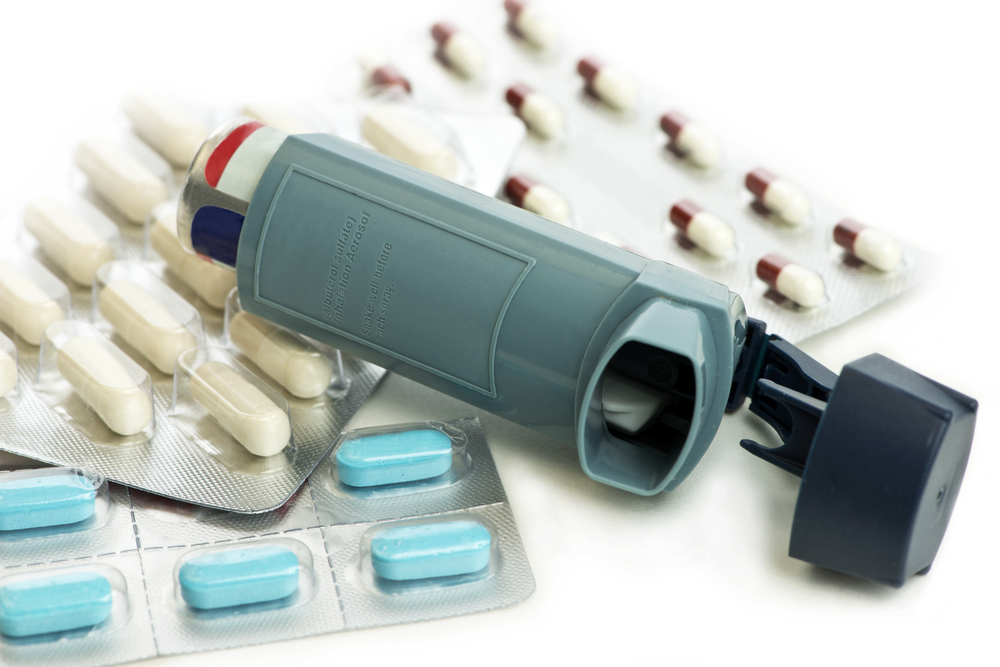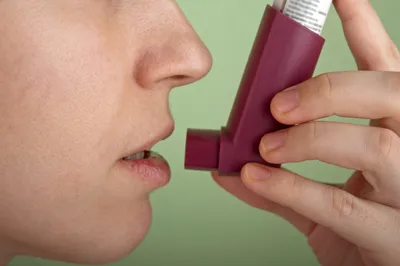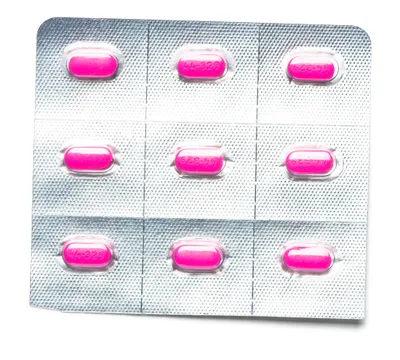Asthma is one of the most frustrating and dangerous respiratory conditions. Typically, it involves spasms of the lungs’ bronchi, making it difficult to breathe. Asthma is a long-term lung disease that inflames the airways and can cause persistent wheezing. In essence, those dealing with asthma rarely feel like they’re getting the most out of their lungs.
That can leave an asthma patient unable to participate in their favorite physical activities, from playing sports to simply walking around the neighborhood. Not only can this be aggravating, it can leave one feeling isolated because they can’t join their friends and family in common social activities. The good news is that there are a number of ways to treat asthma…
1. Inhalation Corticosteroids
These cortisone-like medicines are frequently prescribed by doctors to people struggling with asthma. If they’re used properly, they can significantly reduce the intensity of asthma symptoms, including difficulty breathing and coughing. They’re also designed to help reduce the number and severity of asthma attacks, which can be very dangerous.
Of course, inhalation corticosteroids are hardly perfect. According to the Mayo Clinic, corticosteroids won’t stop an asthma attack that has already started – meaning they’re not a great emergency tool. Also, they won’t have a significant impact on asthma symptoms if the patient fails to use them regularly—which in most cases will mean every day (or even several times each day). That can make them problematic for children and people with memory difficulties.
2. Leukotriene Receptor Antagonists
Leukotriene receptor antagonists are a non-steroidal oral medication for asthma. Often referred to as LTRAs or anti-inflammatory bronchoconstriction preventors, the Asthma Society of Canada notes that they’re effective because they stop the chemical reaction that can result in significant inflammation of the lungs, thereby making it easier for an asthma patient to breathe.
Leukotriene receptor antagonists are rarely the first treatment pursued by doctors following an asthma diagnosis. Typically, physicians will employ an inhaled steroid and, should that fail, may turn to LTRAs. This form of treatment is particularly effective for people who prefer pills over inhalers, which can be difficult to use—particularly for seniors and children. They also have few of the side effects seen with inhaled steroids, though LTRAs are often less effective.
3. Short-Acting Beta Agonists
Short-acting beta agonists help reduce tightening of the muscles surrounding the airways by forcing these muscles to relax and widen—resulting in easier breathing for the asthma patient. Currently, there are 2 different kinds of beta agonists on the market: short-acting and long-acting.
Short-acting beta agonists can be effective within 5-minutes of being taken, but tend to have an impact for only 4- to 6-hours. Unlike long-acting beta agonists, short-acting beta agonists can be used to have an immediate impact and are ideal for emergencies—like asthma attacks. However, they shouldn’t be used more than once or twice a week
4. Long-Acting Beta Agonists
Unlike short-acting beta agonists, Long-acting beta agonists last much longer than 4-to 6-hours—up to 12-hours, in some cases. The American Thoracic Society (ATC) considers long-acting beta agnonists maintenance drugs, which means they must be taken over a longer period in order to be fully effective.
Long-acting beta agonists are designed for people with persistent asthma problems—to the point where they are suffering some serious breathing problems on a regular basis and having to use short-acting beta agonists more than a few times each week. Popular long-acting beta agonist products include Advair and Symbicort. Most of these products employ a steroid to help relax the muscles surrounding the airways.
5. Antihistamines
Antihistamines can be a useful treatment for asthma. However, it’s important to keep in mind that antihistamines—like Allegra or Benadryl—can come with significant side effects, including drowsiness. In addition, FamilyDoctor.org states that some antihistamines may conflict with other medications, so it’s important every asthma patient consult their doctor before using an antihistamine to treat their condition.
Overall, antihistamines are useful when treating infrequent, less intense bouts of asthma. Those people who frequently deal with serious shortness of breath should talk to their physician about a treatment that more directly addresses their condition.
6. Xolair
Xolair, which is also known as omalizumab, is an antibody designed to reduce the body’s allergic responses. The drug is most often prescribed to help people deal with severe asthma in adults and children over the age of 12. It won’t help stop an asthma attack and is typically prescribed only after many other medicines have been tried, without success.
In other words, Xolair is not for people with mild asthma. In fact, it’s designed for people who have such severe problems with asthma that the condition could be considered life threatening. It’s also important to note that Xolair can have serious side effects. In some cases people have suffered severe allergic reactions right after taking the drug, which is typically injected into the skin and given only once every two to four weeks.
7. Allergy Shots
You’ve probably heard of people treating severe seasonal allergies with allergy shots, which can be administered every week or every month. But allergy shots—which contain a tiny amount of an allergen (or something the patient is allergic to)—can also be used to treat asthma.
In essence, allergy shots work much like a vaccine. The idea is to inject the body with something it doesn’t like in order to build up its resistance to that invader. Significant research from WebMD found that allergy shots for asthma were as effective as inhaled steroids, which could make them a useful option for people who have trouble using inhalers.
8. Oral Corticosteroids
Oral corticosteroids are typically used by people who struggle to properly employ inhalers. Like inhaler-based corticosteroids, they are designed to reduce asthma-induced swelling around the airways, making it easier for a patient to breathe.
According to the Palo Alto Medical Foundation, oral corticosteroids have been shown to be effective in treating serious asthmatic conditions, though they’re not intended to be taken over a long period of time. In fact, many doctors want their patients to take oral corticosteroids for just a few days or weeks at a time, allowing patients’ bodies to build up their own, natural resistance to inflammation. Although they can be easier to use than inhalers, oral corticosteroids have more visible side effects because they affect all parts of the body and not just airways.
9. Theophylline
Theophylline is a popular treatment for asthma and is available in several forms, including pill, capsule, liquid, and injection. Like other asthma treatments, it’s designed to reduce inflammation in and around the lungs, making it easier for patients to breathe.
WebMD notes that theophylline is typically prescribed to people with mild or moderate asthma conditions and can be used in combination with an inhaled corticosteroid. In most cases a physician will prescribe an inhaled corticosteroid first and turn to Theophylline if the problem persists. If you’re thinking of using Theophylline, note that it can interact with other medicines—so be sure your doctor knows everything you’re taking before you use the drug.
10. Combination Medications
Sometimes the most effective treatment for asthma involves combining medications. A popular one-two solution involves building a pair of controller medications into one inhaler. In essence, controller medications employ both a long-acting bronchodilator (or LABA) and an inhaled corticosteroid.
According to the Asthma Society of Canada, when used properly, this method allows the bronchodilator to widen the airways, allowing a patient to breathe, while the inhaled steroid sets to work reducing inflammation throughout the respiratory system. Of course, combination medication do have side effects, including rapid heartbeat, nervousness, and throat irritation.













